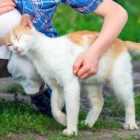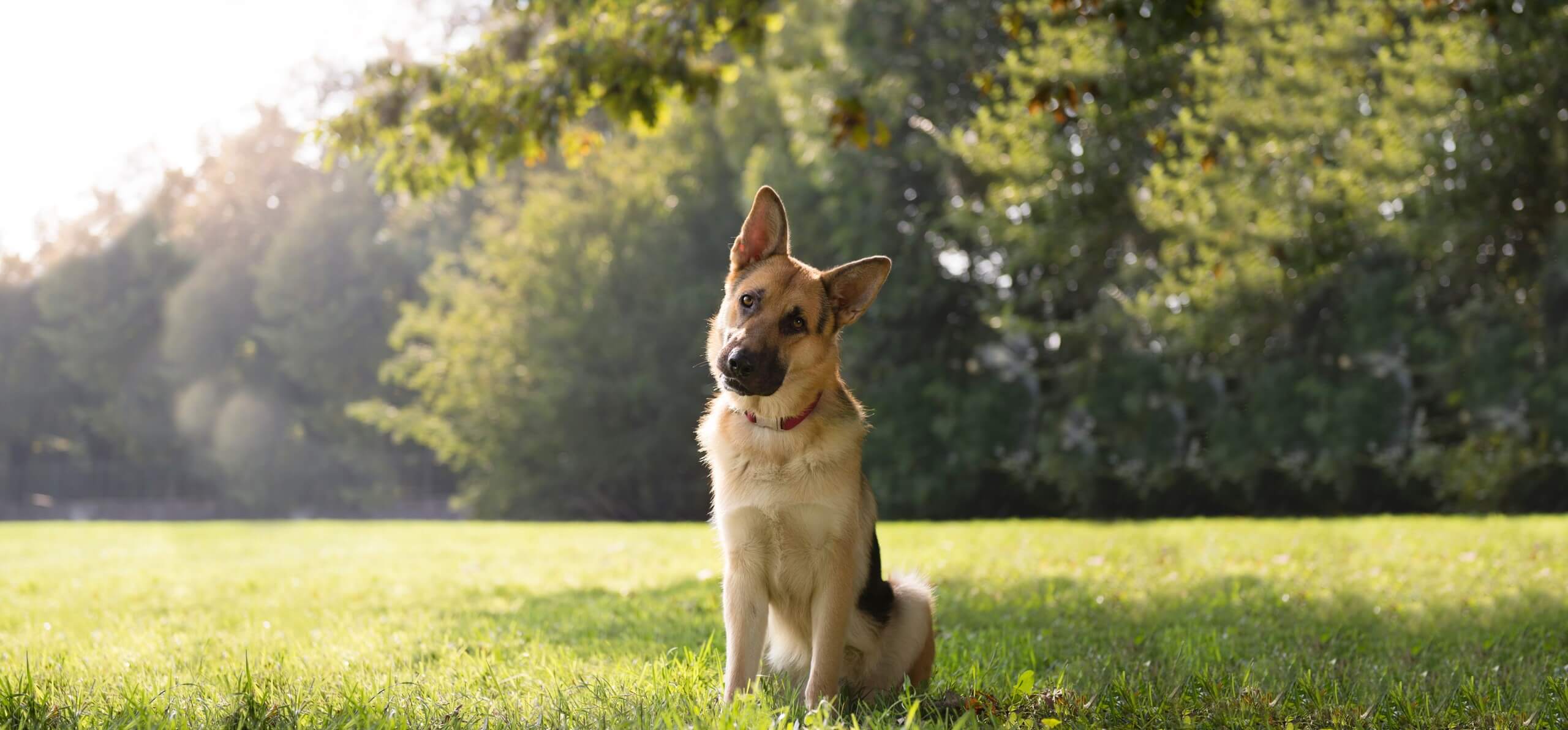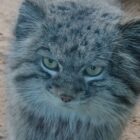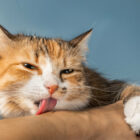Why does my cat sneer?
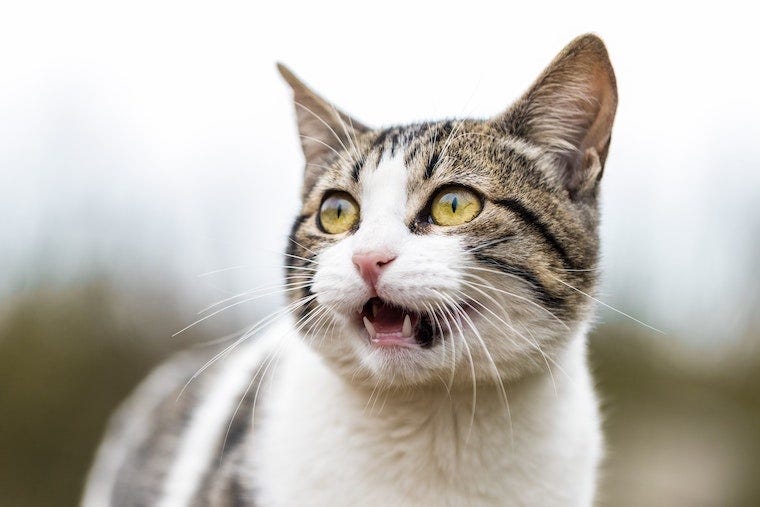
Cats exhibit a range of facial expressions, including a distinctive expression often interpreted as a sneer or “flehmen response”. While scientific studies specifically dedicated to this behavior might be limited, several experts in feline behavior offer insights into the potential reasons behind a cat’s sneer.
Flehmen Response
The sneering expression observed in cats is frequently associated with the flehmen response. This behavior involves a distinctive lip-curling action, where a cat wrinkles its nose and lifts its head to analyze scents more effectively.
When a cat exhibits the flehmen response, it curls back its upper lip and opens its mouth slightly, creating a unique facial expression that might resemble a grimace or a half-snarl. This behavior allows the cat to inhale certain scents more deeply into the vomeronasal organ, which is located on the roof of the mouth behind the teeth.
Scent Analysis
The Flehmen response is a way for the cat to further analyze and process specific scents, especially those associated with pheromones or social communication.
When a cat sneers, it might be to better analyze scents using the Jacobson’s organ, a specialized olfactory organ located in the roof of their mouth. Cats utilize this behavior to collect and process pheromones, especially from areas where other animals have marked or left scents.
Assessing Territory and Social Information
The sneering behavior could be part of a cat’s attempt to gather information about its territory and other animals. By analyzing scents and pheromones, cats gain social and environmental information, aiding in understanding the surrounding environment.
Response to Certain Odors
The flehmen response might be triggered by particular odors that pique a cat’s interest. Cats may sneer when exposed to scents that warrant further investigation or elicit a strong reaction from the Jacobson’s organ.
The flehmen response is commonly observed in male cats when they come across scents, particularly the urine of female cats in estrus, which contains pheromones signaling reproductive readiness. The Flehmen response helps them assess and understand these scents on a deeper level, providing information about the female cat’s fertility or receptiveness to mating.
Emotion and Mood
While the primary function of the flehmen response is related to scent analysis, it’s essential to acknowledge that a cat’s sneering might also reflect their emotional state. The context and circumstances surrounding the behavior might indicate whether it’s primarily a response to scent or an emotional reaction.
The flehmen response is not exclusive to cats but is observed in various animals, including other mammals such as horses, dogs, and even some reptiles. Flehmen response is an important part of their communication and sensory processing, allowing them to gain more detailed information from certain scents and chemical signals in their environment.
For cat owners, observing their cat’s sneering behavior in different contexts and noting their reactions to various scents or situations can provide insights into their feline companion’s emotional state and environmental interactions.

